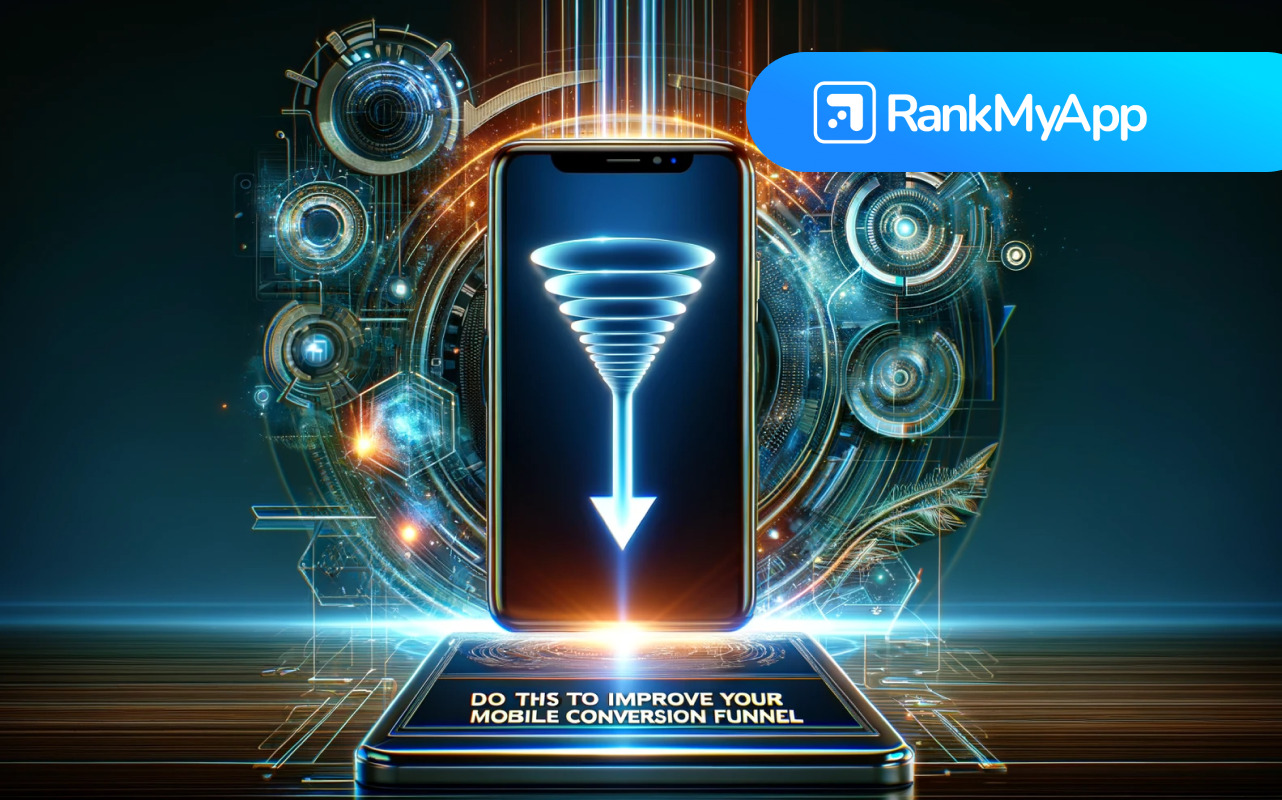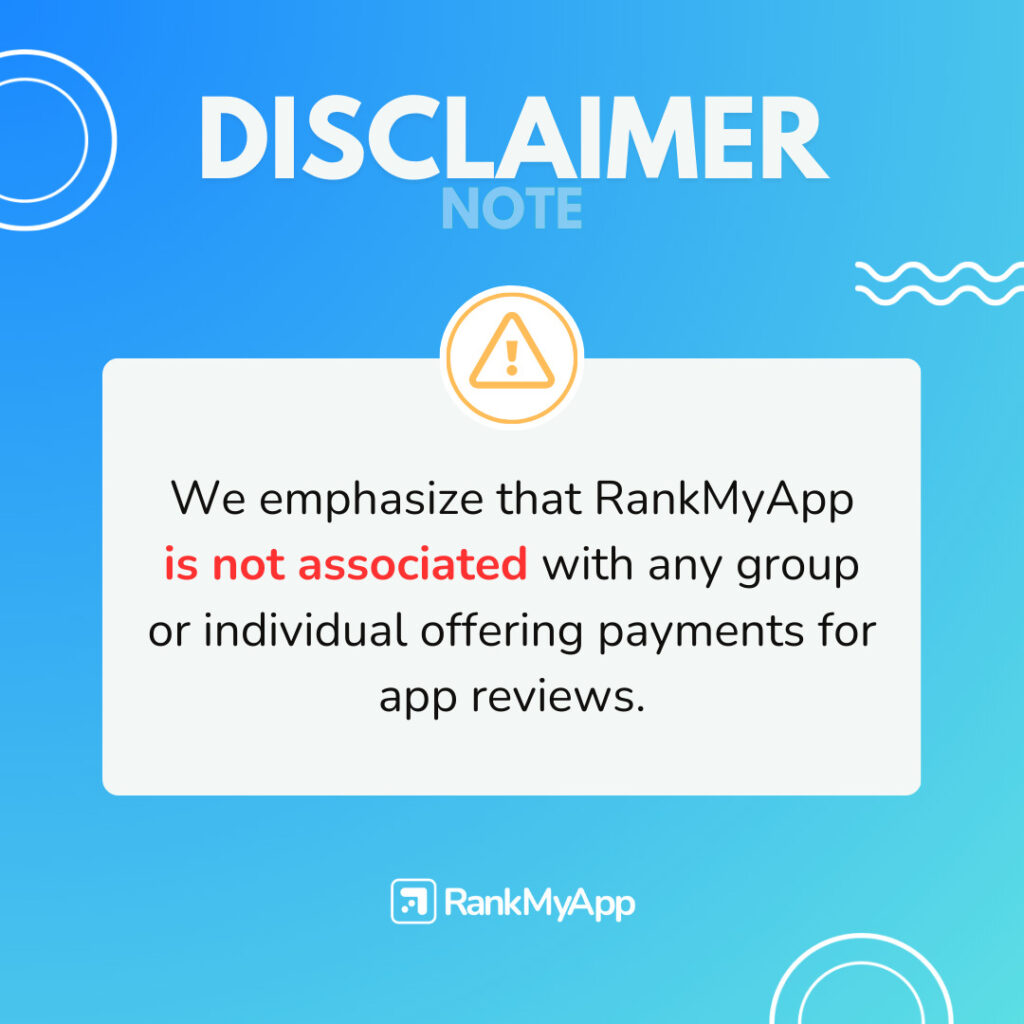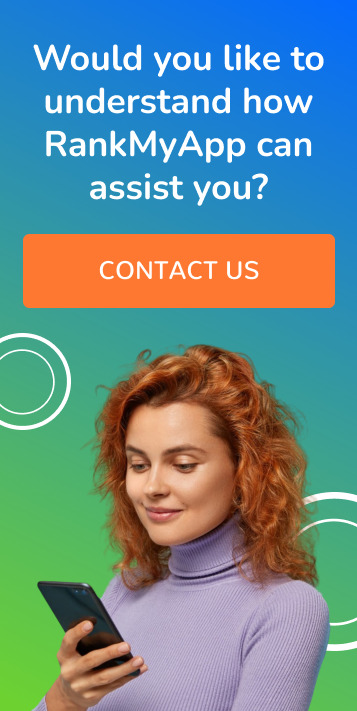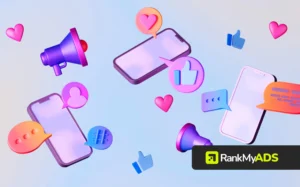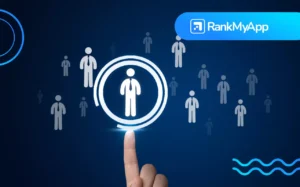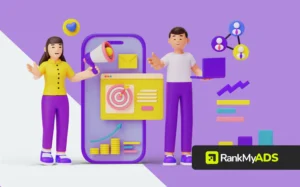You’ve probably heard about the standard conversion funnel — widely used in digital marketing to follow the consumer’s path until the moment of purchasing a product or service.
However, do you know what makes the mobile conversion funnel unique? Here, we are going to explain exactly what this is. If you stick around, you will also learn how to improve it.
What is the mobile conversion funnel?
In the e-commerce conversion funnel, the whole process comes down to basically converting leads into paying users. It can be divided into four phases: awareness, interest, desire, and action.
On the other hand, the mobile conversion funnel is a bit unique because the first step is to acquire new app users. However, this process also has four phases, which are explained with more details below.
1st phase: getting new users
There are two ways to acquire new users. Ideally, you will use a combination of both.
- Organic search: attaining a high rank in the app stores, makes it easier for users to find your app. This can be done with App Store Optimization (ASO);
- Paid advertisements: paying for ads that direct users to your app’s page can be very effective but also costly.
Both methods help users find your app. The process of acquiring those users could also be divided into another mobile marketing funnel that focuses on convincing users to download your app.
2nd phase: retaining users
In such a competitive market, it is necessary to avoid losing new users by keeping them engaged with your app. Thereby, you can encourage them to keep using your app by sending push-notifications and emails.
As assertive as this tactic for user retention is, just remember to be careful when using this method! You don’t want to send too many messages, since this will annoy users, and could cause them to uninstall your app.
However, you also cannot send just a few messages from time to time, making them forget to use your app after a while. Therefore, the real challenge here is to find the perfect balance.
3rd phase: first purchase
Keeping users engaged increases the odds of converting them into paying ones. Thus, you can encourage users to make a purchase by promoting your products or subscription plans and allowing users to make in-app purchases. It might be helpful to offer a discount for first-time transactions too, for example.
Although you might think this is the last phase of the user conversion funnel, there is one final step. After all, what good is one transaction? Don’t you want each user to keep making purchases? That’s where the 4th phase comes in.
4th phase: keeping your users
It costs less to retain current users than it does to gain new ones, which is why it’s so important to retain as many as you can. For this, you can use emails and push-notifications to drive repeat purchases and keep users engaged, for example.
Keep in mind that, by retaining your users, you’re ensuring recurring sales and creating a stable user base, made up of people who not only download your app, but also would not trade it for anyone else.
Using conversion funnel analysis to improve your funnel
Funnel optimization maximizes the success of your user conversion funnel, attracting new ones. The conversion funnel analysis can help you with this, showing you which area needs more work.
Down below are a few ways to conduct conversion funnel analysis on your app. By doing this, there is, by checking this relevant data, you will be more aware of what is working in your strategy or not.
Categorize users
Group users into the following categories:
- New users: if your app have lots of new users but few returning ones, this reveals that you need to focus on increasing retention rate;
- Returning users: if you are experiencing lots of returning users yet few paying ones, this is an indicated of the need to promote your products more;
- Paying users: if your app has attracted a lot of paid users, it means you’re on the right track. Keep up the good work to build loyalty!
Look at each marketing channel
By looking at each channel individually, you can determine which are bringing in the largest number of new users. From social media to your website, whatever it may be, focus on those channels.
You should also consider getting rid of the marketing channels that aren’t contributing to your app’s success. Perfecting your marketing plan will strengthen the first phase of the sales conversion funnel and enable your app to gain more users.
Track your conversion funnel’s performance
Compare your funnel’s performance from month to month, since this will reveal its growth rate. It’s important that you know whether it’s doing well or failing miserably, so that you can plan your next steps.
Pushing users through the e-commerce funnel is necessary if you want your app to make a profit. Funnel optimization is an ongoing task, but you can’t get by without it. Learn more about how to make your app a success by subscribing to our newsletter!
